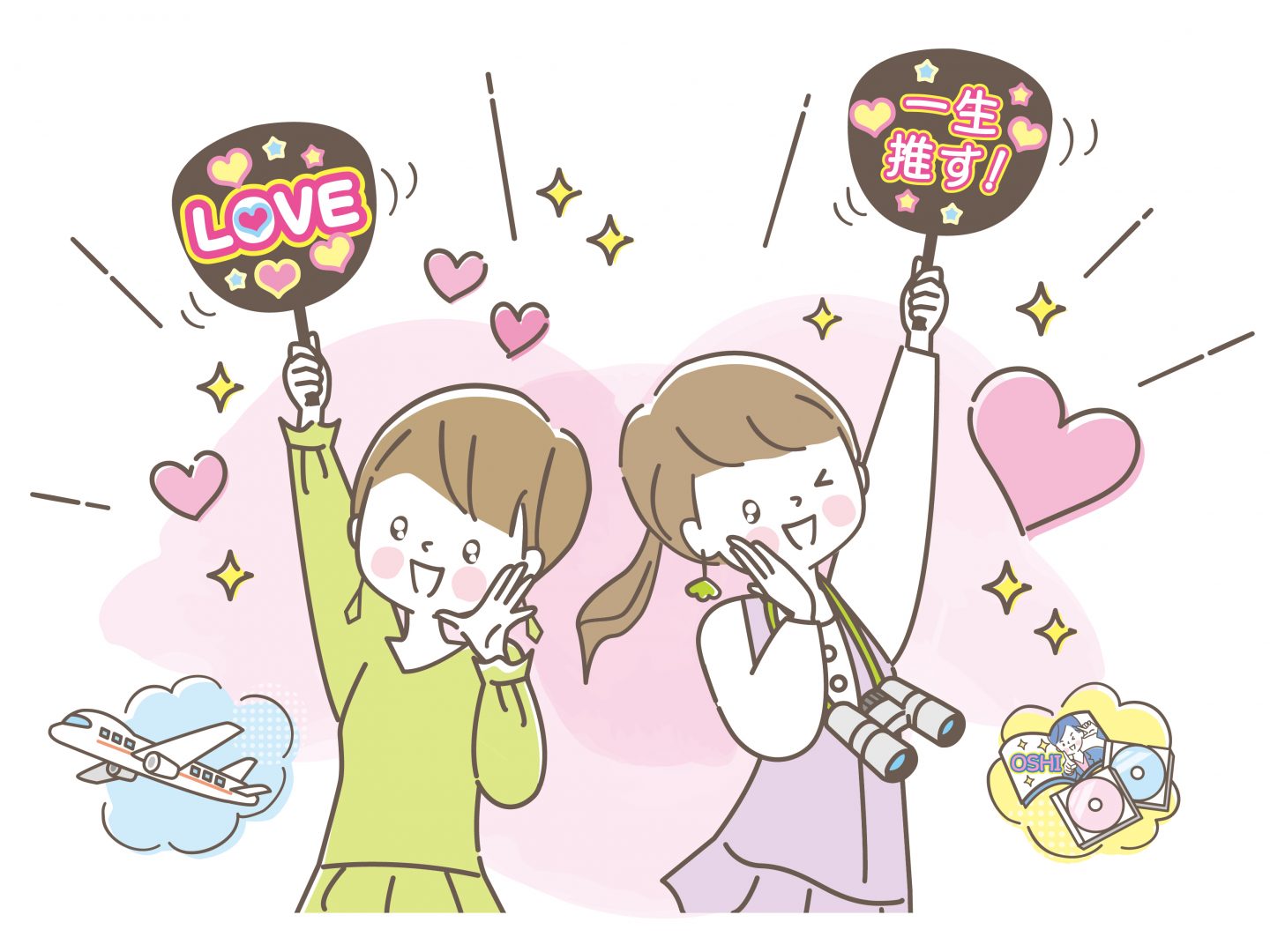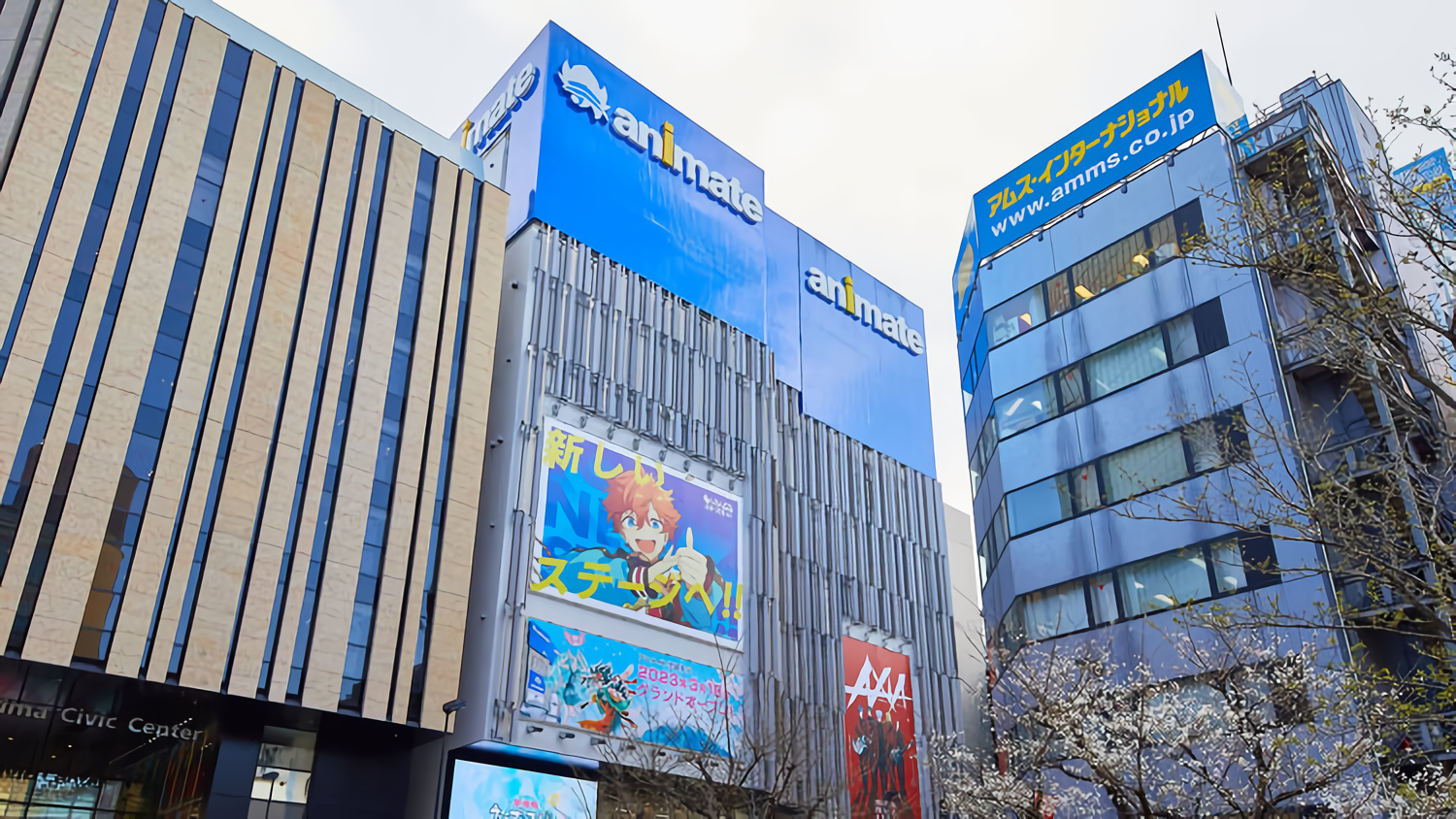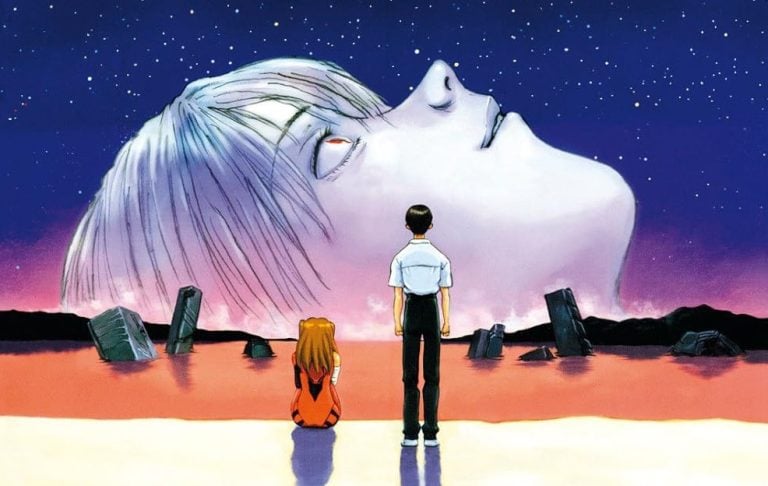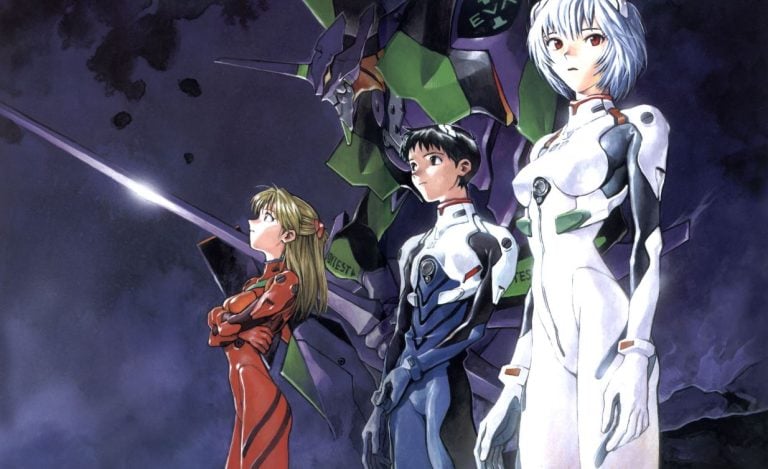A series of posts regarding the demographics of a popular anime store has caught the attention of online users. The post highlights the growing popularity of anime culture and how it has evolved alongside its fanbase since the 80s and 90s. The OP and anime fans examine how the once-niche subculture has increasingly grown more mainstream over time.
In the post, the OP tells of the changes he observed near Japan’s most popular anime goods store, Animate. The OP shares that during a recent visit to the store, he noticed a significant shift in the demographics of the area, noting that the storefront was now crowded with stylish young women in their teens and 20s. Additionally, he mentions the long-lasting popularity of Animate, as the store appears to have outperformed major international media retailers that were popular in the past.
Ikebukuro’s Animate building is located within Sunshine City, a popular shopping mall with various attractions as well as many anime-related stores, making it a paradise for fans of anime, manga, and similar communities since the 1980s. The flagship store is 10 floors tall and is currently the world’s biggest anime store, containing not only anime and manga but also an apparel store, bookstore, theater, and more.

The OP continues in another post, theorizing on why the change came about. He writes “In the 1980s and early 1990s(?) I think anime culture, which was obscure and minority, has now become major. I wonder if the spread of cell phones and smartphones was a major factor.” The doctor proceeds to speculate that the availability of cell phones and smartphones made it convenient to access media like anime and manga, leading to its widespread popularity.
Users appeared to agree with the posts’ observation on the transformation of anime culture, commenting on how the once small, nonconforming subculture has now become more mainstream. One user shared, “As I’ve said before, anime/manga is no longer a subculture. Additionally, what was called mainstream during the Showa period is now niche.” Some users were less surprised by the influx of young women populating the area. One user replied “From the beginning, Animate has always had a large female clientele for it having many genres and goods that are popular with women. I think that it may be too late to call it “culture shock”. So what is it about the women’s appearance that compelled the OP to describe them as stylish.”

Ikebukuro’s Animate is just on the edge of Otome Road, an area catering primarily to female anime fans, so it’s no surprise that women might also flock to the nearby store. However, given that the doctor said he spent his youth in the area in the 80s and 90s, it’s possible that fewer women may have frequented the area in comparison. Ikebukuro’s Animate has recently implemented more places inside their store catering to oshi-katsu (stanning as a lifestyle), allowing customers to purchase merchandise repping their favorite series and characters. According to the PR Times over 90% of high school and university-aged young women love participating in the oshi lifestyle so this could be a reason behind the increase in female patrons.
Anime culture has become so popular, that it may no longer be accurate to classify it as a subculture. It seems that the increasingly positive perception that anime and otaku-related culture has gained over the years has encouraged more people to partake openly in its community, no longer fearing judgment like that of decades prior.





